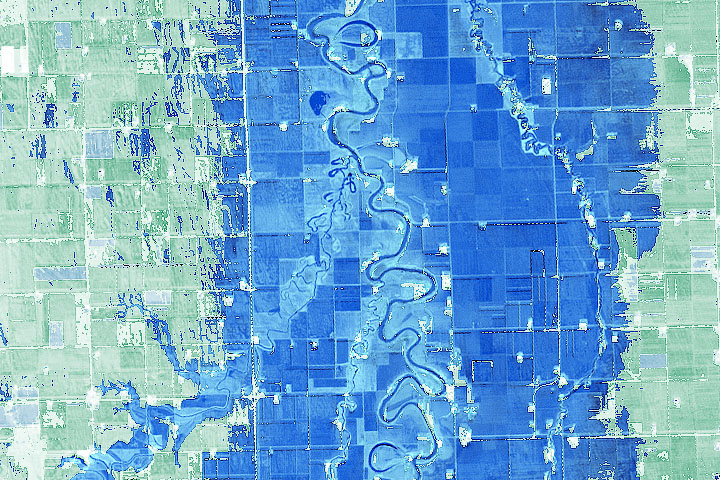


I am a PhD Candidate at the University of Southampton studying compound flooding, multi-hazard risk, and numerical modelling. I enjoy all things relating to environment and technology in support of science-informed decision-making, managagement, and policy.

I am a PhD Candidate at the University of Southampton studying compound flooding, multi-hazard risk, and numerical modelling. I enjoy all things relating to environment and technology in support of science-informed decision-making, managagement, and policy.